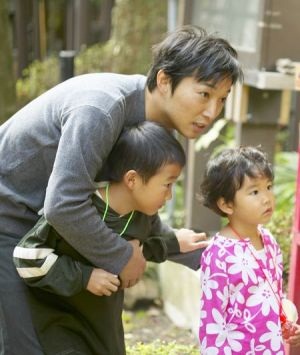What is the Best Teaching Approach for Bilingual Children?
Posted by PLB · Leave a Comment

 Contrary to what was once believed, most experts now agree that children do not get “confused” by exposure to one language at school and a different one (or more) at home. It is never recommended to advise English Language Learners (ELLs) or bilingual children and their families to speak only English at home. Such advice is considered disrespectful and more importantly, it is educationally unsound.
Contrary to what was once believed, most experts now agree that children do not get “confused” by exposure to one language at school and a different one (or more) at home. It is never recommended to advise English Language Learners (ELLs) or bilingual children and their families to speak only English at home. Such advice is considered disrespectful and more importantly, it is educationally unsound.
If they are to develop fluency in English, children need to hear the sophisticated structure and vocabulary of their parents’ first languages. They also need to speak and read with their parents about complex ideas, which is best done in the language in which their parents are most fluent. According to recent research, growth in the first language of a student will lead to growth in their English.
It is very important to encourage students to maintain and develop their home languages. Being bilingual and biliterate is a great advantage. With this in mind, encourage an ELL to read and write in his home language as much as possible.
Teachers can set up home language journals, reading logs, or other such tools to encourage literacy activities at home. If possible, teachers can send home materials such as poems or stories in the home languages (the internet is a good resource) for parents and children to enjoy together.
Learn More… Take this course: Teaching English Language Learners
Discuss Here: What are some ways you can help bilingual children develop their home languages?



